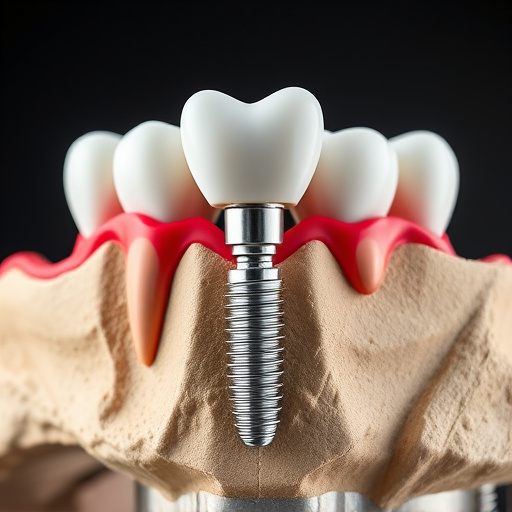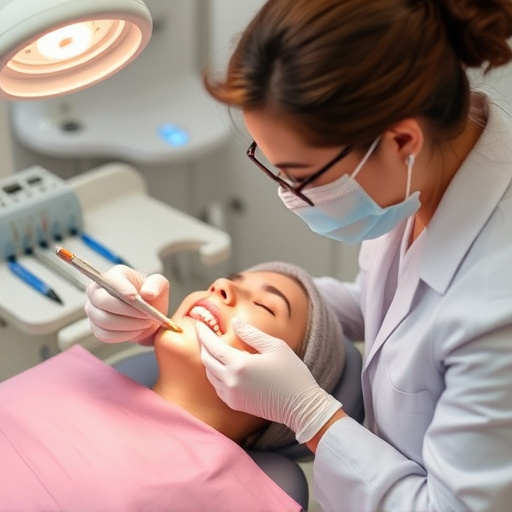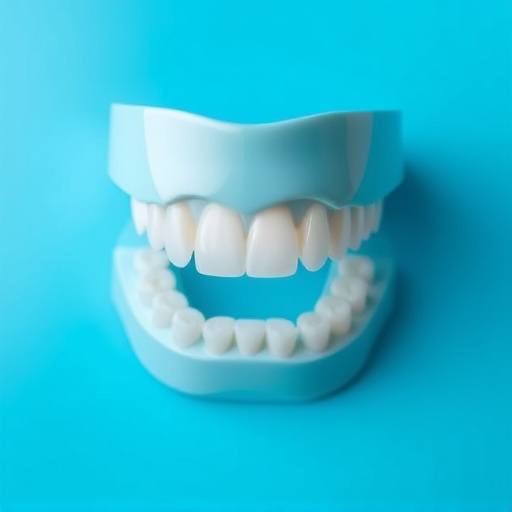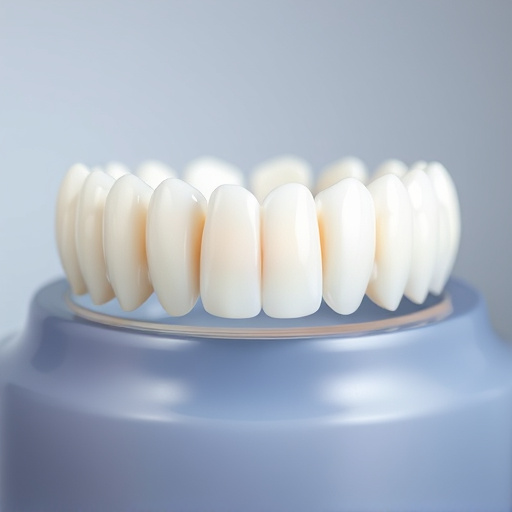Nitrous oxide sedation, aka laughter gas, is a safe and effective dental sedative for various procedures. Inhaled through a mask, it induces relaxation without significant side effects. Short-term temporary sensations like dizziness or nausea may occur post-treatment, but professional administration minimizes risks. Misconceptions about long-term effects are unfounded; nitrous oxide sedation alleviates pain and anxiety during dentistry with rapid onset and full control post-treatment.
Discover the benefits of nitrous oxide sedation, a safe and effective method for managing pain and anxiety during medical procedures. This natural gas, also known as laughing gas, offers a unique sedative experience with no long-term side effects. In this article, we demystify common misconceptions surrounding its use, explore its modern medical applications, and delve into the science behind its safety profile, providing a comprehensive guide to nitrous oxide sedation.
- Understanding Nitrous Oxide Sedation Safety
- Common Misconceptions About Long-Term Effects
- Benefits and Applications in Modern Medicine
Understanding Nitrous Oxide Sedation Safety

Nitrous oxide sedation, also known as laughter gas, is a safe and effective method used by dental professionals for various procedures. Its primary use in dentistry involves easing patient anxiety during treatments like teeth cleaning and cosmetic dentistry or dental implants. The gas is inhaled through a mask, inducing a state of calmness and relaxation without causing significant side effects.
Safety is paramount when using nitrous oxide. Dental practitioners carefully monitor patients’ vital signs throughout the process to ensure their comfort and safety. While generally considered low-risk, some individuals may experience temporary side effects like dizziness, nausea, or headaches immediately after the procedure. These are usually mild and subside quickly. It’s crucial for patients to follow post-treatment instructions, such as avoiding driving or operating heavy machinery until the effects wear off, to ensure maximum safety and prevent any potential risks associated with nitrous oxide sedation.
Common Misconceptions About Long-Term Effects

Many people have misconceptions about nitrous oxide sedation, assuming it comes with long-term side effects. This perception often stems from a lack of understanding or misinformation. Nitrous oxide, when administered in controlled doses by trained professionals, is safe and does not cause adverse effects that persist over time. Contrary to popular belief, it is not addictive and does not lead to any significant health issues. In fact, nitrous oxide sedation is commonly used in various dental procedures, including those related to dental implants and comprehensive dental care.
The misconception might arise from the short-term sensations associated with nitrous oxide, such as euphoria or a tingling feeling. However, these effects are temporary and subside quickly once the gas is discontinued. Regular users of nitrous oxide in a clinical setting, like those involved in preventive dentistry, do not report any long-lasting negative consequences. This makes nitrous oxide sedation a safe and effective option for managing dental anxiety during procedures, ensuring patients receive comprehensive care without worrying about lingering side effects.
Benefits and Applications in Modern Medicine

Nitrous oxide sedation offers numerous benefits in modern medicine, making it a popular choice for various medical and dental procedures. Also known as laughing gas, nitrous oxide is a safe and effective analgesic (pain reliever) that can significantly reduce anxiety and pain during treatments. Its ease of administration and rapid onset make it particularly useful for children and patients who experience dental phobias.
In dentistry, nitrous oxide sedation has diverse applications, including routine dental procedures like fillings, cleanings, and even more complex treatments such as dental implants and emergency dental care. It can also enhance the effectiveness of other local anesthetics, providing a deeper level of comfort for dental bonding or cosmetic procedures. The temporary nature of its effects ensures patients regain full control and awareness shortly after the treatment, making it a safe option for most individuals.
Nitrous oxide sedation, often overlooked, offers a safe and effective method of pain management with no long-term side effects. By dispelling common misconceptions, it’s clear that this ancient gas has significant modern applications in medicine. Its benefits range from dental procedures to managing anxiety during surgeries, making it a valuable tool for healthcare professionals. Embracing nitrous oxide sedation can revolutionize patient experiences, offering comfort and efficiency without the burden of long-term consequences.














